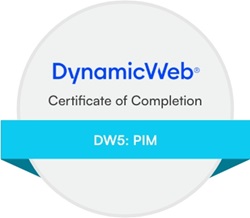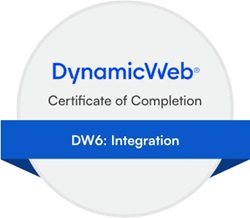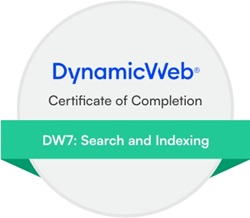Posted on 07/03/2018 14:02:50
Hi Nuno,
We're currently aiming at a stateless ecommerce; at least for the API. This means, that we cannot comply with your request - it's going against our overall vision of how our API should work, to introduce states/context information into the services.
I have a few things from your post I need to clean up, to correctly give an answer for what can be done. You're using
Dynamicweb.Ecommerce.Services.GetLocalizedName()
Sadly we have no ecommerce services that actually have such a method, so I assume you mean
Dynamicweb.Ecommerce.International.Country.GetLocalizedName(languageId)
and you're wondering if we cannot simply use a context that determines what languageId is needed, such that you don't have to specify it manually.
If you need to get the Localized name for a specific country, you can use the property Name to get what I believe you want (Localized name based upon the country objects LanguageId).
If I've guessed wrongly at some of the above, please let me know, and I'll try to answer that aswell.
BR
Martin
















